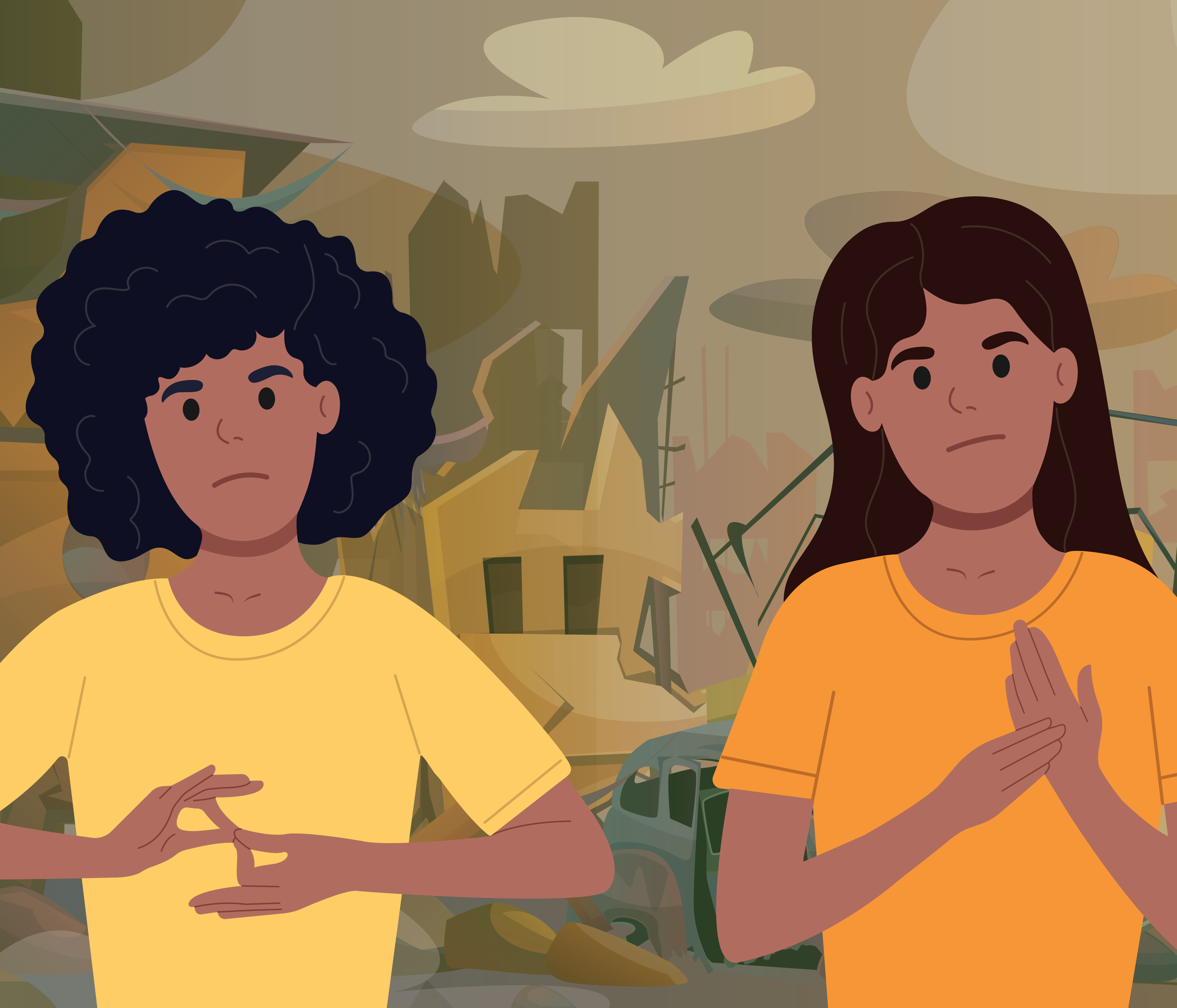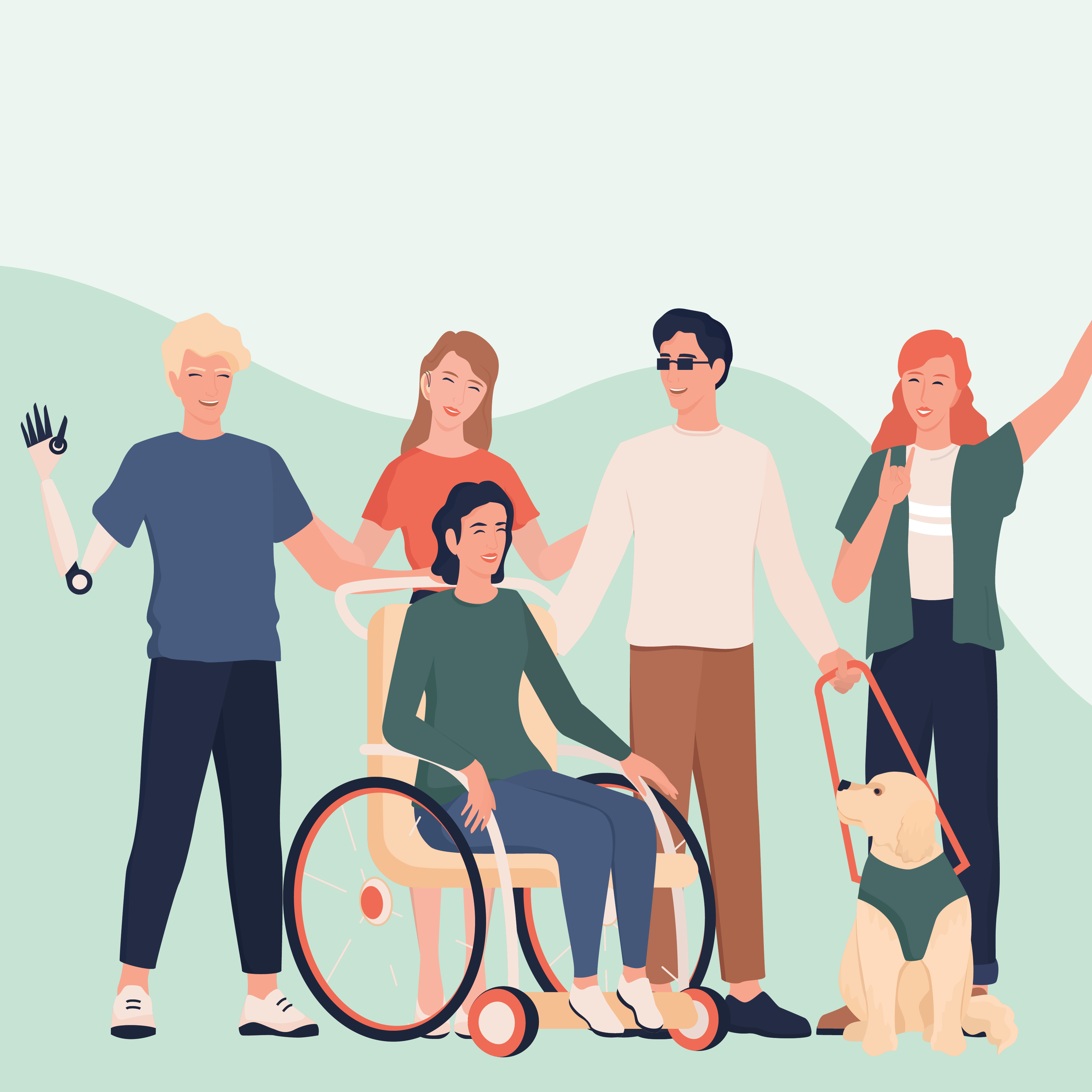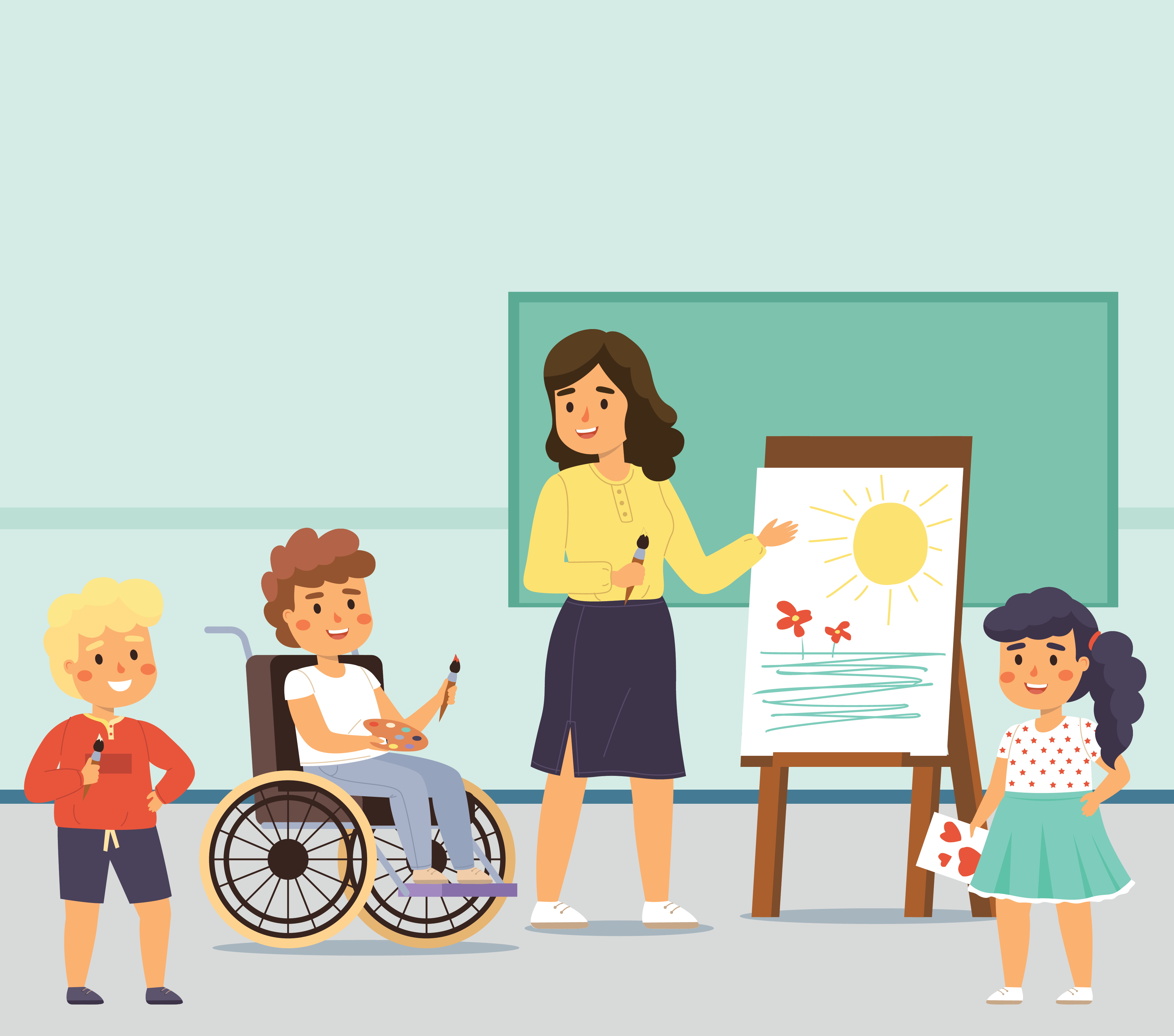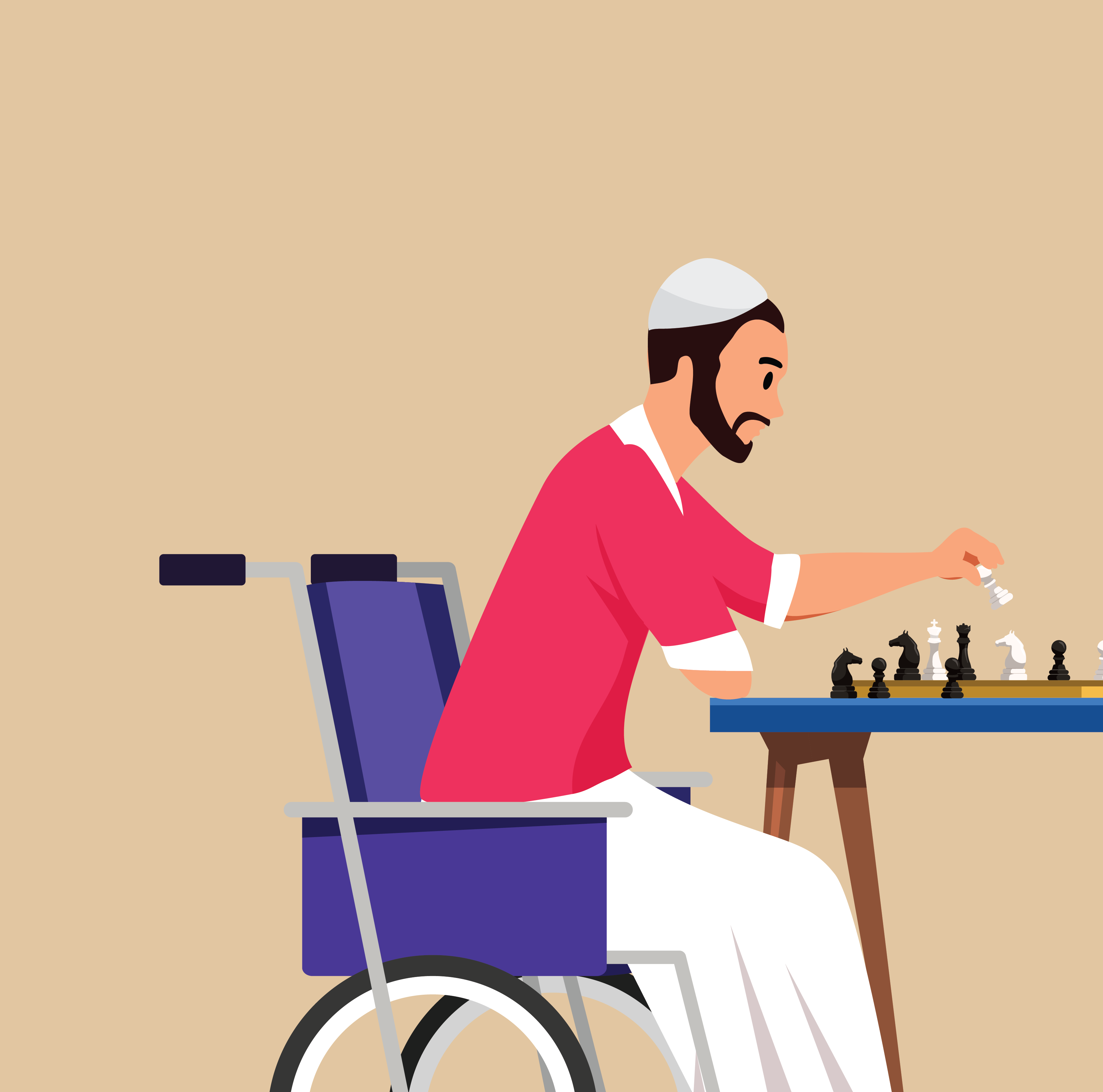Addressing stigma and discrimination toward children and youth with disabilities through SBC
Disability Toolkit
Introduction
Fifteen per cent of the world’s population – at least one billion people – have some form of disability, whether present at birth or acquired later in life. Nearly 240 million of them are children. One in every 10 children globally has a disability.
Inclusion starts with the understanding that disability is the result of interactions between inaccessible environments and a person who has long-term impairments. Inclusion can be achieved when people work to break down physical barriers, when services are accessible to everyone, when policies equally benefit all individuals, when communications reach every person, regardless of if they are blind, deaf or have low literacy. But acting to move the world further in this direction requires an inclusive mindset as foundation.
Unfortunately, many people in most societies across the world still have negative, pitying, patronizing attitudes toward people with disabilities. As a result, over one billion people continue to experience stigma and discrimination. This sometimes manifests in violence, institutionalization or exclusion from society, and sometimes in silence or overprotection. Breaking the stigma will require multilevel strategies co-developed with children and adults with disabilities. Governments and partners need to invest in integrated, evidence-based social and behaviour change (SBC) interventions to address the negative attitudes, beliefs and norms that fuel stigma and discrimination against children with disabilities, and to make services more accessible and inclusive. Service providers and communities need to be empowered to support the inclusion of children and adults with disabilities and to enable their access to services. Policies that address stigma and discrimination against children with disabilities and their families need to be put in place, with enough resources allocated to implement them. Drawing on various disciplines – sociology, psychology, communication and behavioural economics – SBC encompasses a broad set of strategies and interventions that influence drivers of change and support local action towards better societies.
About this toolkit
This toolkit was developed to help achieve a world where “all children, including those with disabilities, live in barrier free and inclusive communities, where persons with disabilities are embraced and supported, across the life cycle, to realise and defend their rights, and to achieve full and effective participation” (UNICEF Disability Inclusion Policy and Strategy, 2022-2030).
SBC programming has a critically important and urgent role to play in identifying and implementing solutions that empower children with disabilities and their families and support their social inclusion. We are therefore pleased to share this practical guide to understanding and tackling the social norms and behaviours that limit the inclusion of children with disabilities in their communities.
This toolkit aims to provide insights, tools and resources to help you understand the barriers to the inclusion of children with disabilities, with a focus on stigma and discrimination, and to offer practical support for designing, implementing, monitoring and evaluating social and behaviour change (SBC) interventions that include children with disabilities and their families and empower them to be included in their communities and enjoy the same opportunities as their peers.
A range of users can benefit from this toolkit – including SBC specialists, organizations of people with disabilities (OPDs), education specialists. Whatever your specialization, you are encouraged to approach this toolkit with your specific priority interventions in mind.
This toolkit comprises an introduction, a foundational module, seven thematic modules, a user guide and a Theory of Change (PowerPoint presentation).
The modules are as follows:
- Module 0: Foundation
- Module 1: Inclusive evidence generation
- Module 2: Empowering children and youth with disabilities and their families
- Module 3: Understanding and engaging communities
- Module 4: Building disability-inclusive services
- Module 5: Strengthening partnerships for advocacy
- Module 6: SBC for disability inclusion in humanitarian action
- Module 7: Monitoring, Evaluating and Measuring
Each module begins by explaining how its particular focus area contributes to the broader goals of addressing stigma and discrimination faced by children with disabilities. We have organized each module according to a simple framework that reflects the project cycle: Ready?, Steady…, Set., Go!. The intention is to provide you, the user, with the opportunity to engage with the content, wherever you are in your project or programming journey.
We hope you enjoy using this toolkit just as we did developing it together with many of you!
Module 0: Foundation

Module 1: Inclusive evidence generation
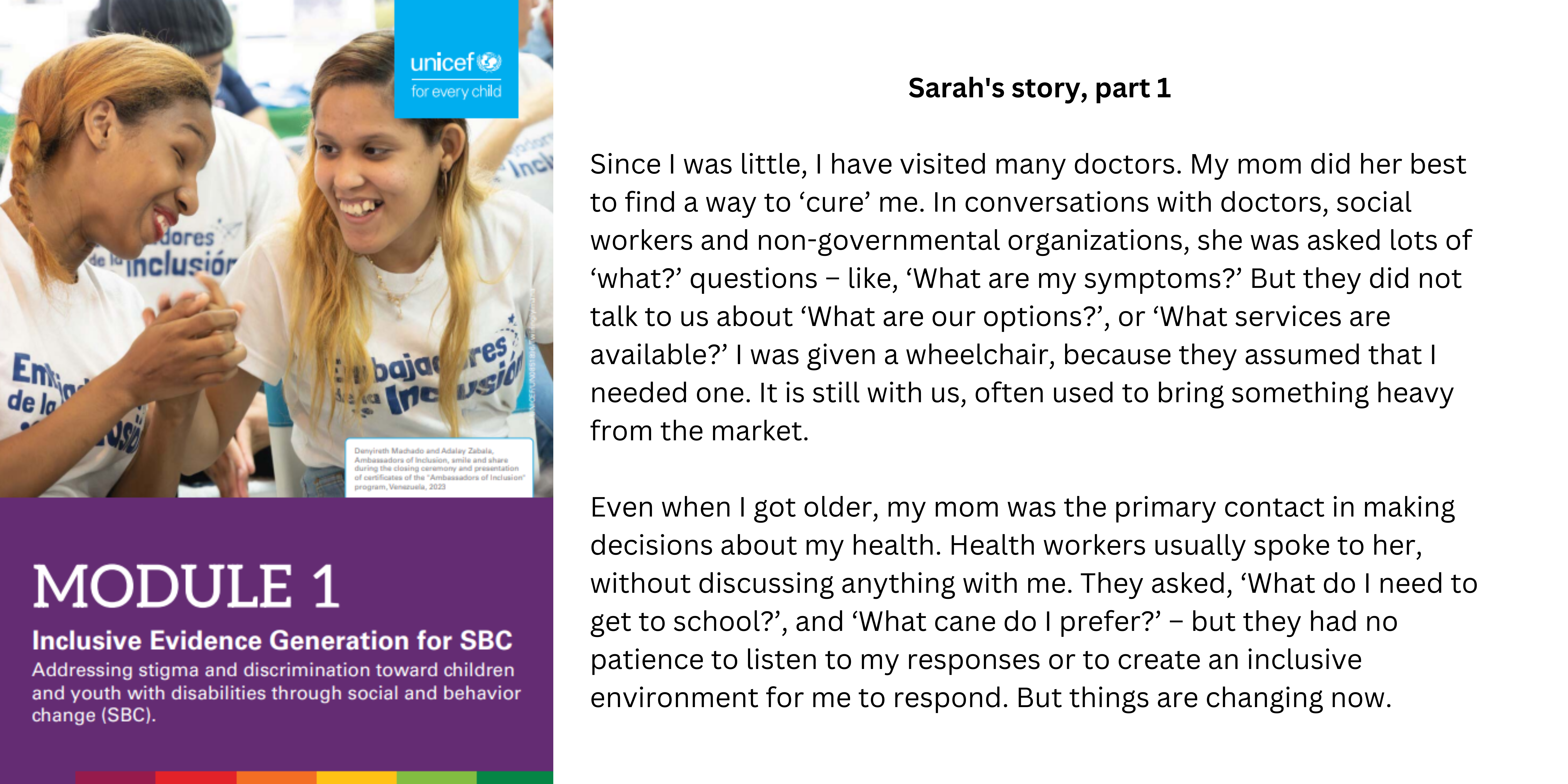
Module 2: Empowering children and youth with disabilities and their families

Module 3: Understanding and engaging communities

Module 4: Building disability-inclusive services

Module 5: Strengthening partnerships for advocacy

Module 6: SBC for disability inclusion in humanitarian action

Module 7: Monitoring, Evaluating and Measuring



